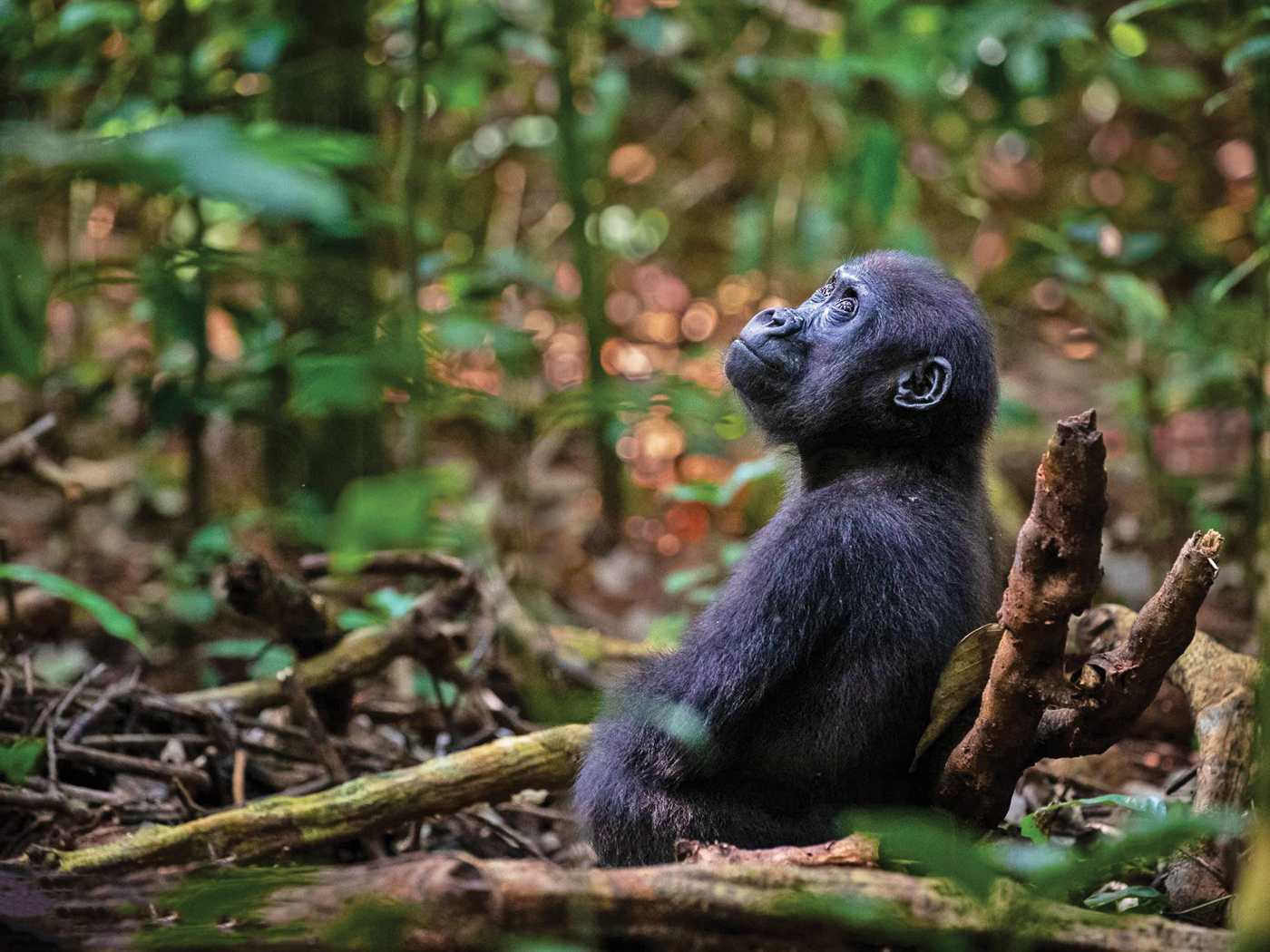Can you think of one area where evolutionary thinking has ever helped? Does it make our children smarter or keep them off drugs? Does it put meat on the table or men on the moon?"
No, in each case. There are a few disciplines where it may seem that evolution plays a role. In medical research, animals are used in drug tests and to understand how organs function, and are sometimes used for spare parts. It might be said that the common responses or common functions are due to common ancestry.
However, no, not really. Creationists admit, even insist that all of life be governed by a similar genetic code. In addition, especially all mammals have quite similar body functions. The fact that they do is better evidence for a common designer than for a common ancestor. In addition, besides, the animals selected for a certain test are chosen for a particular feature, such as the chemistry of its blood hemoglobin being most similar to humans. Thus the animals chosen, whether rats, or rabbits, are not selected for closeness to humans on the evolutionary tree, but for a particular similarity. In addition, even when one close similarity is found, all other factors are quite dissimilar. No evolutionary relationship or application can rightly be claimed.
Another possible application comes to mind that of oil exploration. Paleontologists sometimes study microfossils in down-hole cuttings or cores to correlate beds or to discern the direction to the ancient shoreline. These data are couched in evolutionary, old-earth language, but is that uniformitarian overprint necessary?
No, not at all. Oil exploration consists primarily of the search for a particular underground geometry where oil might be trapped in the rocks. "Oil is where you find it," as they say; the age of the rocks or the source of the oil is not of importance.
Without doubt, beds can be correlated by studying microfossils, but this has nothing to do with age or evolutionary ideas. Certain spatial patterns have been noted, but they fit just as well, if not better, into a catastrophic Flood framework as they do in a uniformitarian concept.
When I was finishing up my Ph.D. work, having developed a real love for petroleum exploration, I approached the research branch of a major oil company with a proposal. Pointing out that an exploration program based on old-earth/uniformitarian concepts doesn't work very well (only about one exploration well in fifty produces enough oil to pay for itself), I proposed that this company establish a team of young-earth creationist/catastrophists to see if a better exploration program could be developed. To fund a research team of five or so creationist geologists for several years would cost about the same as one dry hole. Certainly, we couldn't do any worse!
Unfortunately, my proposal was not accepted (maybe this was good, for I took a university faculty position and eventually ended up at ICR). I still don't know for sure if a Flood-geology approach would work better, but I think it could. At least it wouldn't be based on a wrong premise.
Other areas could be discussed, but the point is, no real good will come from a denial of truth. If creation is true, if the Flood really happened, then each related discipline must be founded on them to be truly successful. Denying truth dooms one to failure!
*Dr. John Morris is the President of ICR.



















